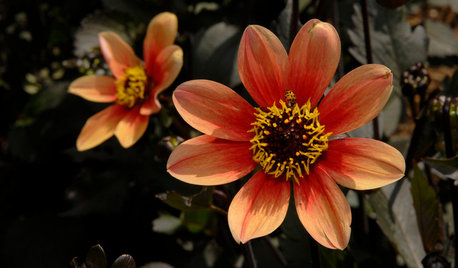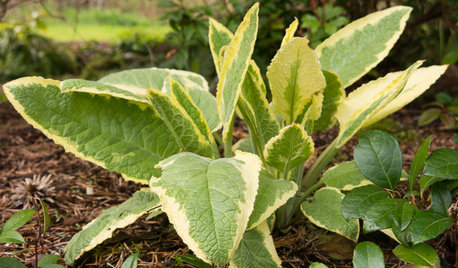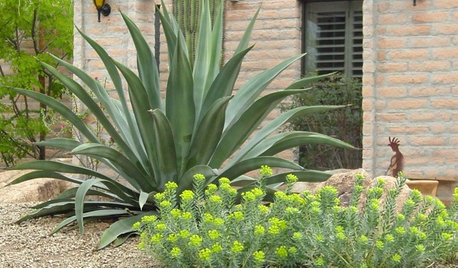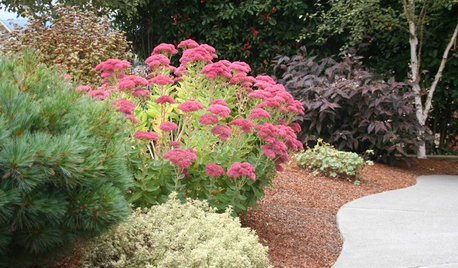Dahlias look wilted in the sun ?
mandolls
13 years ago
Featured Answer
Comments (9)
corgicorner
13 years agoRelated Professionals
Horsham Landscape Architects & Landscape Designers · Bound Brook Landscape Contractors · Choctaw Landscape Contractors · Milton Landscape Contractors · Munster Landscape Contractors · Newnan Landscape Contractors · University City Landscape Contractors · West Chester Landscape Contractors · Markham Landscape Contractors · Homestead Fence Contractors · North Potomac Fence Contractors · Pekin Fence Contractors · Shorewood Fence Contractors · Sioux City Fence Contractors · Rockledge Solar Energy Systemscindysunshine
13 years agomandolls
13 years agoconqueress
8 years agoconqueress
8 years agoTerri Williams
8 years agocicivacation
8 years agoGary Figueroa [Zone 8B]
8 years ago
Related Stories

FLOWERSGreat Design Plant: Dahlias
Pick this flamboyant stunner for its amazing array of colors and faces, fast growth and sizes that can fill a pot or a whole garden
Full Story
GARDENING GUIDESGreat Design Plant: Axminster Gold Comfrey for Sun or Shade
Plant this perennial for bold color that will light up shady spots, sparkle in the sun and add interest from spring until fall
Full Story
LANDSCAPE DESIGNGreat Design Plant: Sun-Loving Bougainvillea Showers Yards With Color
Bring unbeatable vibrancy to a garden or wall with this unfussy and trainable shrub packed with colorful bracts
Full Story
GARDENING GUIDES12 Japanese Maples for a Sunny Garden
The right maple in the right place shines in hot summer sun
Full Story
HOUSEPLANTSGot Bright Light but Lack Spare Time? Try Ponytail Palm
This low-maintenance houseplant has an exotic look and a drought-tolerant nature. Just give it lots of sun
Full Story
GARDENING GUIDESHow to Spot a Drought-Tolerant Plant
Label? Who needs a label? Learn the characteristics of plants that can thrive in hot, dry conditions to help you pick the right ones
Full Story
GARDENING GUIDESPacific Northwest Gardener's August Checklist
Deadheading perennials, cutting raspberry canes and preparing for the onion harvest keeps Northwest gardeners busy in August
Full Story
SPRING GARDENINGSummer Crops: How to Grow Strawberries
Pluck your own sweet strawberries right from the garden vine for smoothies, salads or eating then and there
Full Story
COLORBest Ways to Use the Soft Yellow Color of 2014
You may fall for PPG Pittsburgh Paints’ Turning Oakleaf if you like your hues warm, mellow and cheery
Full Story
PLANTING IDEASFerns: A Shade Gardener’s Best Friend
Bring rich texture and contrast to a dark woodland landscape with wonderfully diverse ferns
Full Story






keriann_lakegeneva